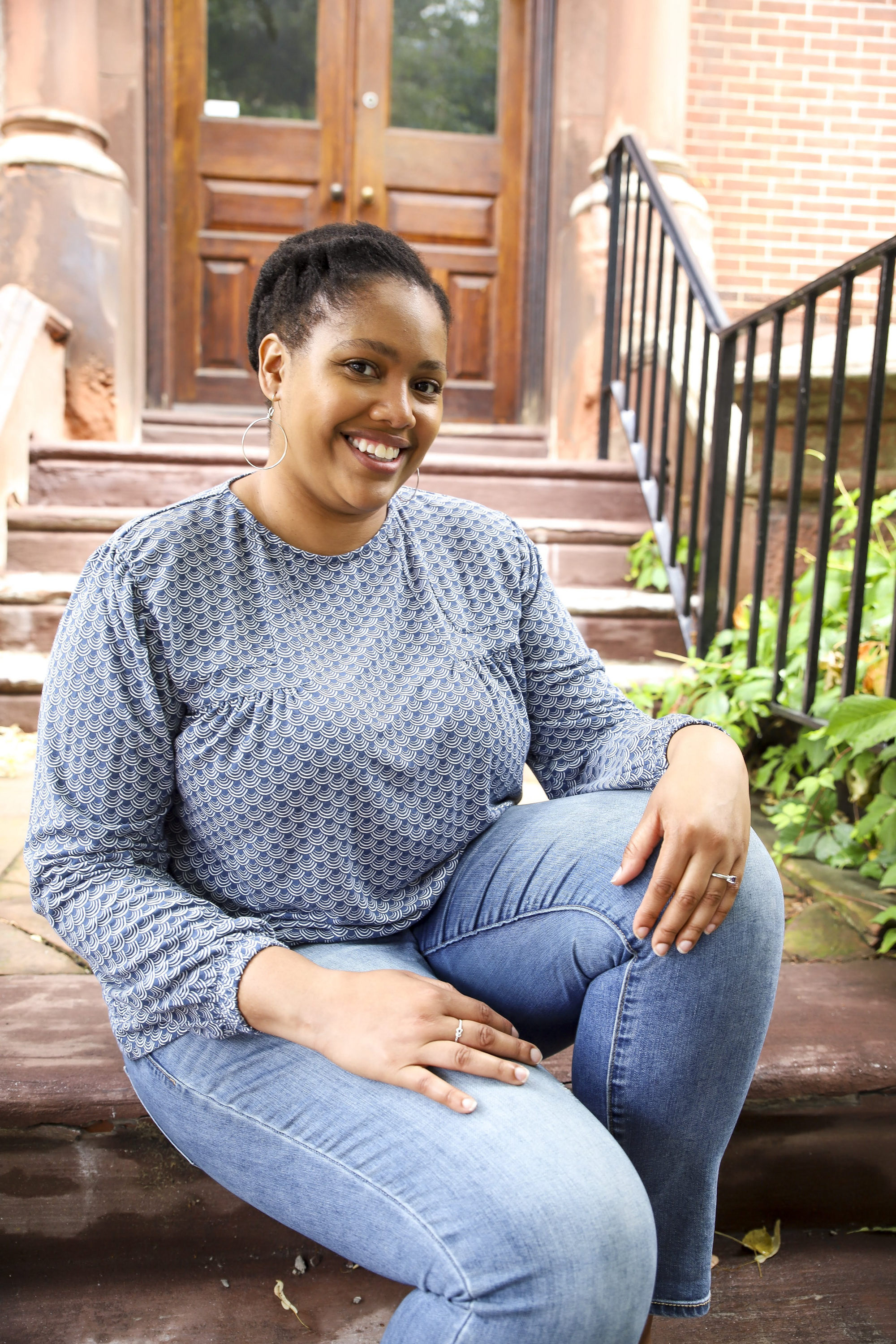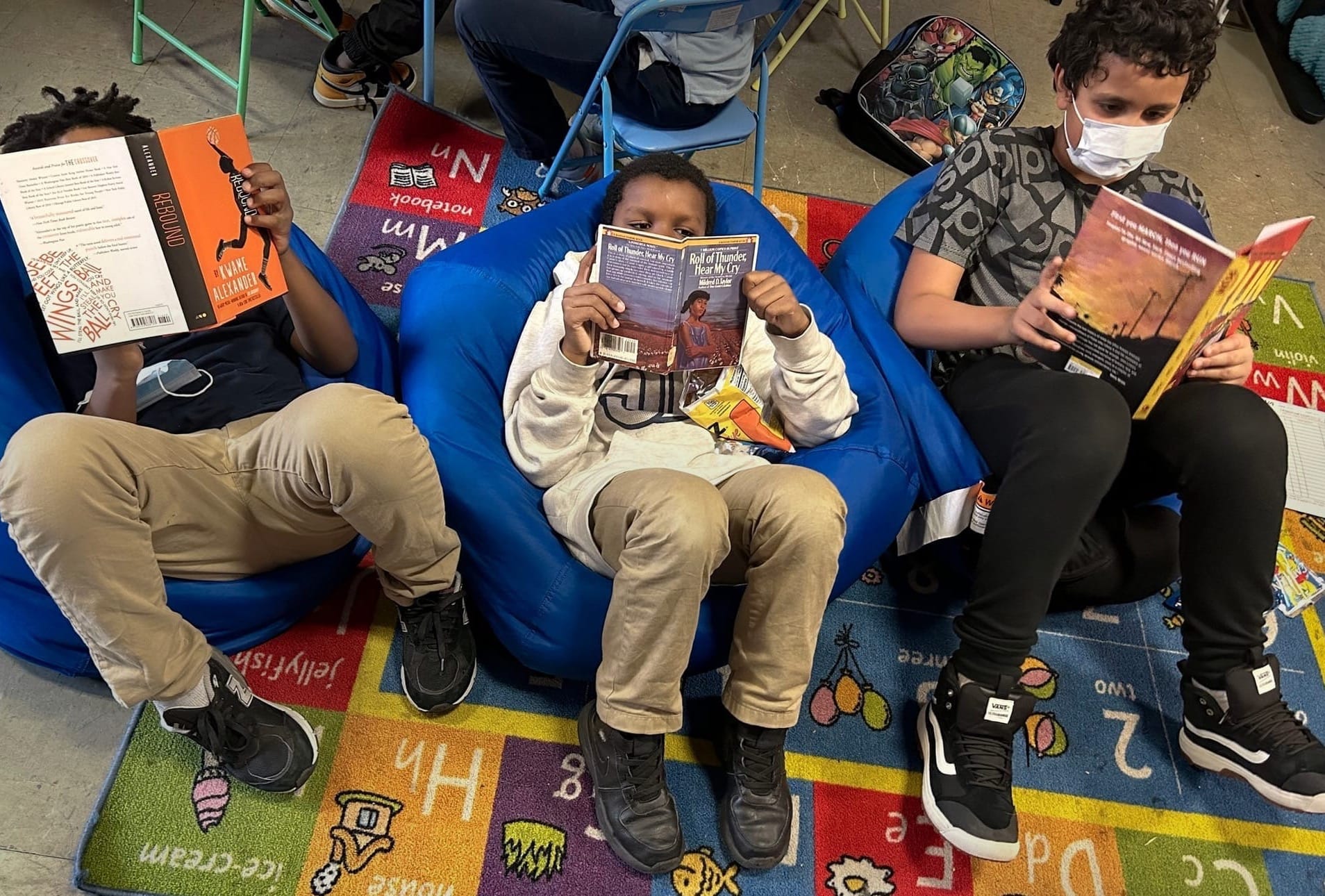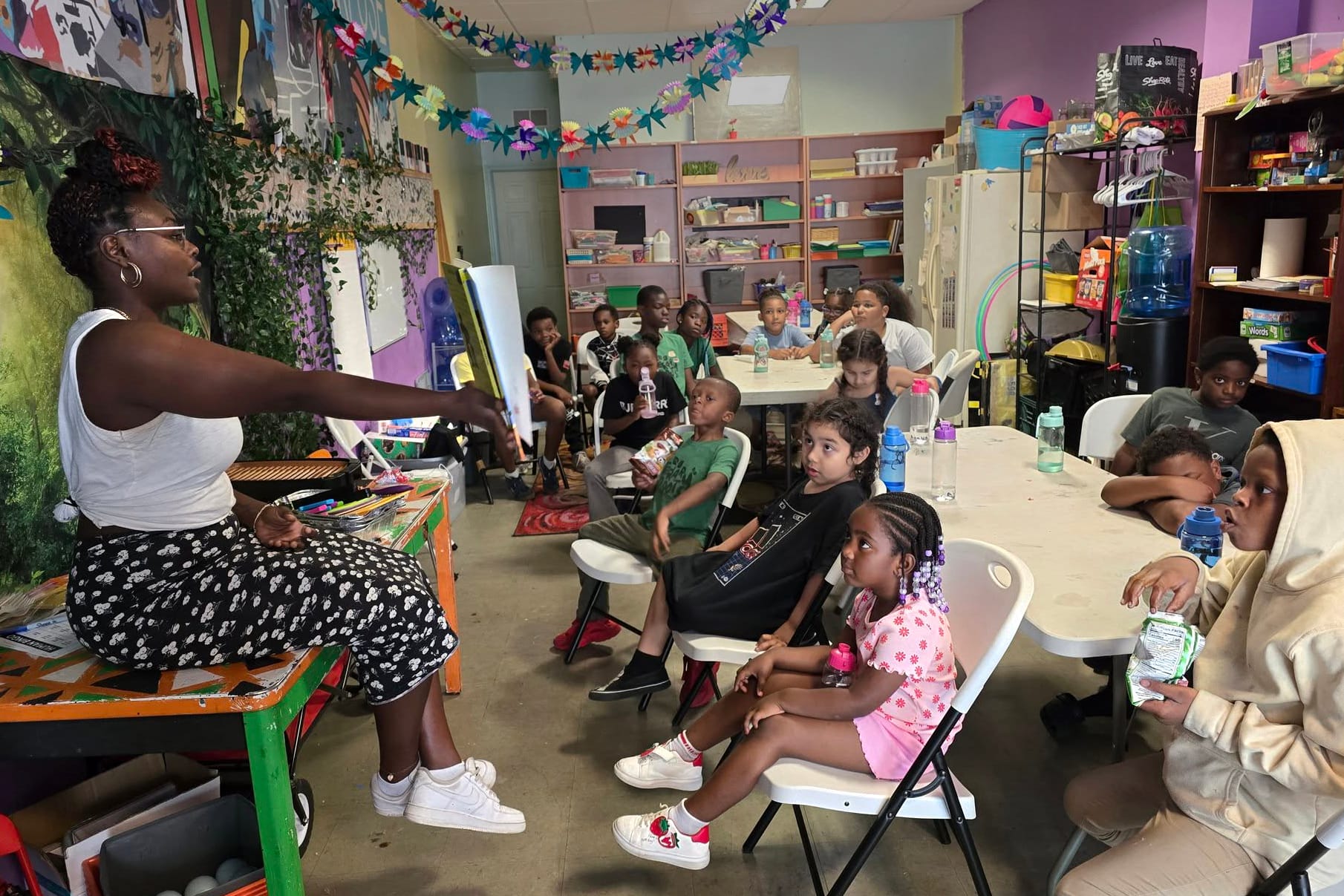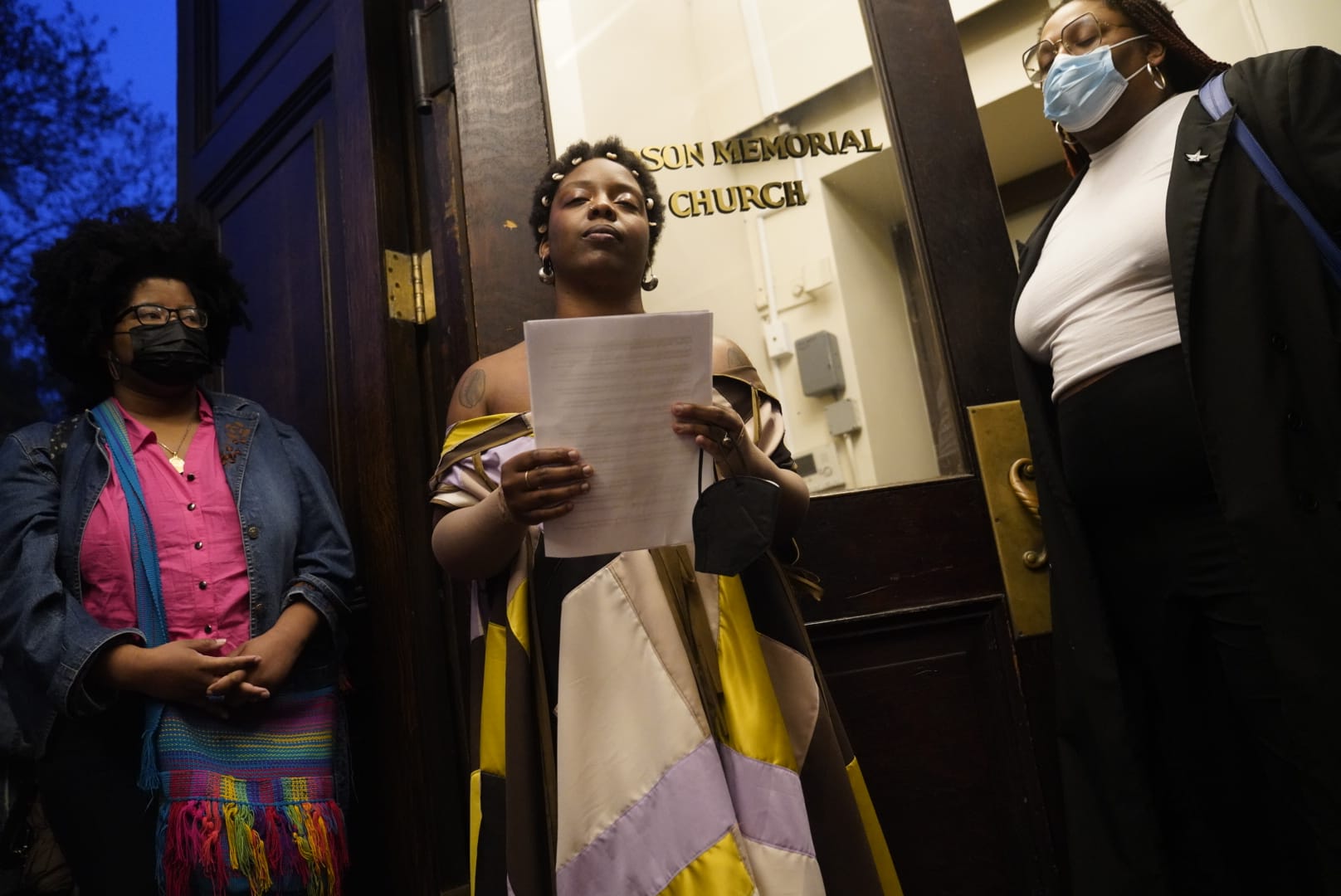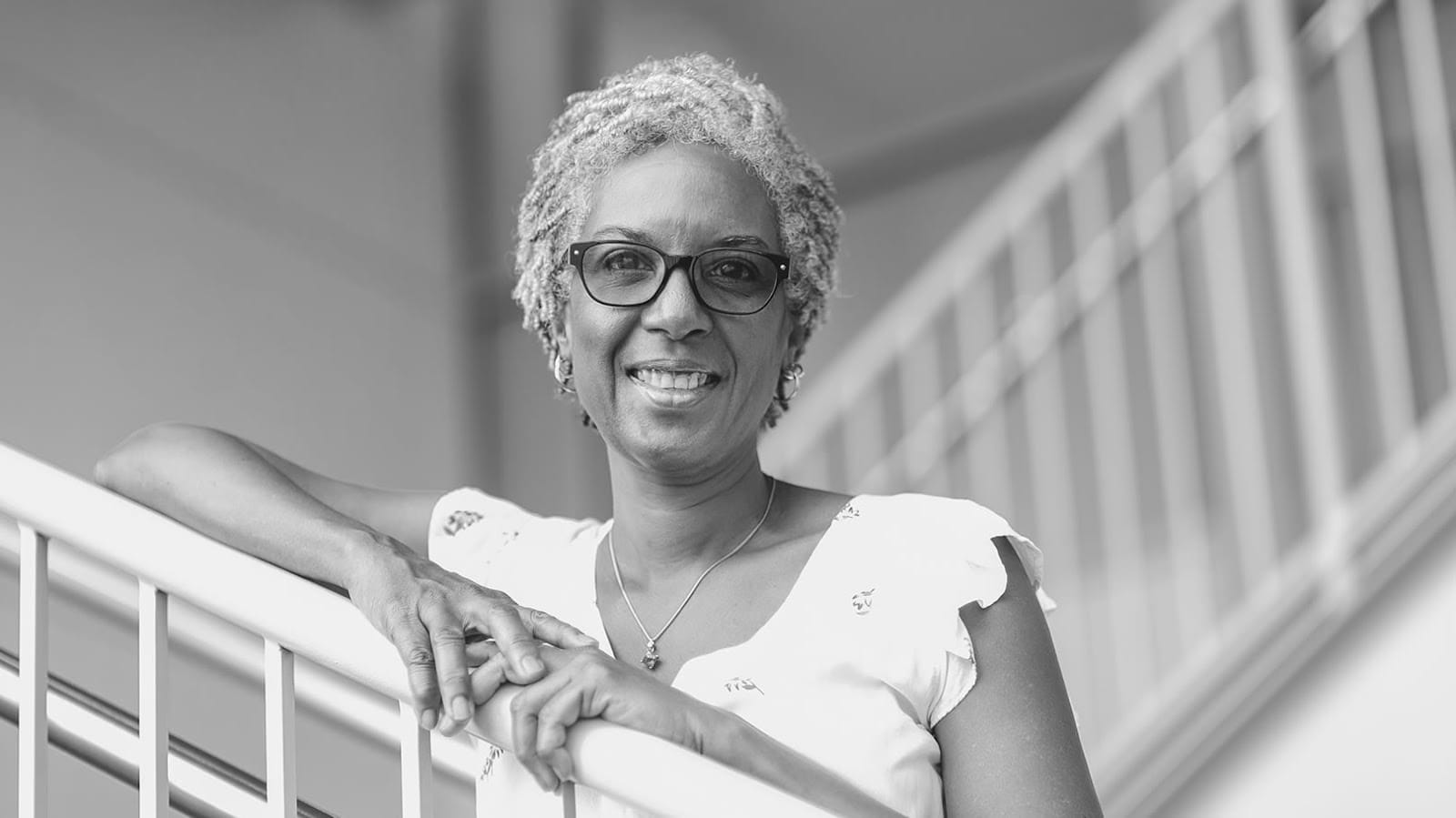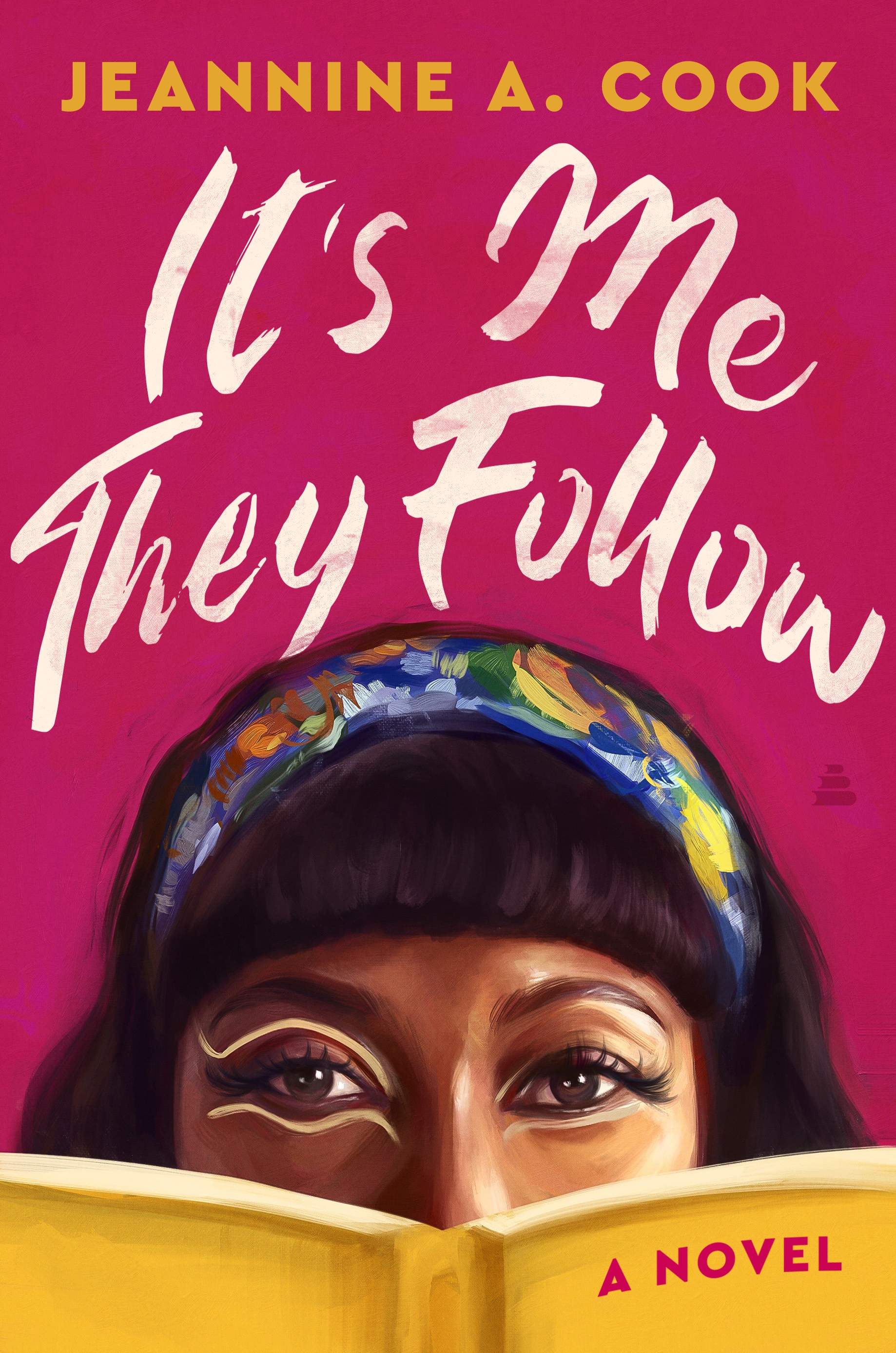On Beyoncé’s Internet? Combatting Misinformation and Disinformation
A viral story claimed Beyoncé would perform at the DNC; attendees sharing soundcheck clips exposed the misinformation online.
Social media went up, and not in a good way, on the last day of the Democratic National Convention. While folks expressed their excitement, thoughts, or critiques on the many speeches and presentations, one person incensed the social community across the board.
Beyoncé. Where was Beyoncé?
Earlier in the day, a story released by a celebrity news site announced that Beyoncé would be performing at the DNC. Those in attendance who arrived early enough to Chicago’s United Center heard Beyoncé’s Freedom playing in the stadium during sound check and shared a snippet on socials. News anchors teased before commercial breaks that there could be a Beyoncé appearance. Whispers of an additional sequestered area in the prohibited section of the arena made attendees and viewers sure that Bey was in the building and would be performing for the last day of the convention.
Only for convention to come and go without one sung note. Vice President Harris stood, accepted her party’s nomination, and the balloons to dropped without one live note from Mrs. Carter.
Folks were bewildered. Where was Bey? As it turns out, nowhere near the DNC as she was never even slated to attend, let alone perform.
While speculation spread about how such a mix-up could happen, instead of engaging in those theories, it's time we talk about misinformation and disinformation.
Misinformation is spreading information that is not true. People are misinformed all the time. It is a mistake that happens regularly. Just like those of us who were excited when we heard Beyoncé was performing at the Democratic National Convention; rather than confirming that ourselves, we ran with what we heard and then learned that story was not true.
Disinformation, on the other hand, is not so innocent. Disinformation is spreading information that is not true with malicious intent. Disinformation, for example, would be a person who cooked up a lie about a coworker and spread it to get a promotion. They created the lie, planted the lie, and then benefitted from that lie.
We also need to acknowledge elements that contribute to accepting misinformation and disinformation such as confirmation bias. Confirmation bias, as defined by the American Psychological Association, is “the tendency to gather evidence that confirms preexisting expectations, typically by emphasizing or pursuing supporting evidence while dismissing or failing to seek contradictory evidence.” Essentially, confirmation bias is intentionally accumulating information that validates your point while ignoring information inconsistent with that point.
Back to the Beyoncé performing at the DNC example, confirmation bias would be only reading the articles that either hinted or said explicitly that she was coming to perform rather than statements from her team that said otherwise.
Confirmation bias is what leads many of us to accept what could be misinformation or disinformation. It causes us not to do the cursory work of further investigation. Our own internal bias is enough evidence for us to believe the misinformation or disinformation. But we do so at our own peril.
It is worth noting that anyone and everyone is susceptible to believing misinformation and disinformation. It is not a character flaw nor a sign of a lack of intelligence. Back to the Beyoncé rumor, even members of the DNC executive producer’s staff believed that she might be performing that evening.
Why is it important to know how to identify misinformation and disinformation? One reason is the sheer proliferation of misinformation and disinformation we encounter daily, but especially during election years. The amount of half-truths, sensationalism, and otherwise outright lies spread at the speed of light. Each of those can be detrimental, damaging, or dangerous.
It is also vital to identify quality sources. Too often, people receive their news from sites or sources that pedal in gossip, hearsay or do not have the highest journalistic integrity. Then there are political media outlets that typically skew too far one way or another. By identifying vetted, objective, independent news sources, you eliminate a lot of that noise.
But even after identifying those sources, It's vital to vet the information you're reading.
When we encounter any information, we must question that information. Here are just a few questions to get you started:
“Where did this information come from?” What is the source of this information? Is it a first-hand account or is this a retelling? Is this an opinion piece or a reported piece?
“Is the source of this information biased?” Is the place where I am getting this information leaning on one side or another politically, or are they neutral? Do they have an agenda and if so, what is it?
“Is there any credibility to this information?” Why should I believe this information?
What sources are cited in this piece? What experts or those with intimate knowledge are included in this piece? What are their backgrounds?
“Who benefits from me knowing/not knowing this information?” Who is helped or hurt by people either having access or being denied access to this information?
We need to take the information we encounter more seriously. As we filter through misinformation and disinformation, we become better informed and see a broader and brighter picture. It’s needed especially now, whether it's a story about Beyoncé or anything else. Yes, it's a bit more work than taking what you hear at face value, but ultimately, we as an informed society will be better for it.
